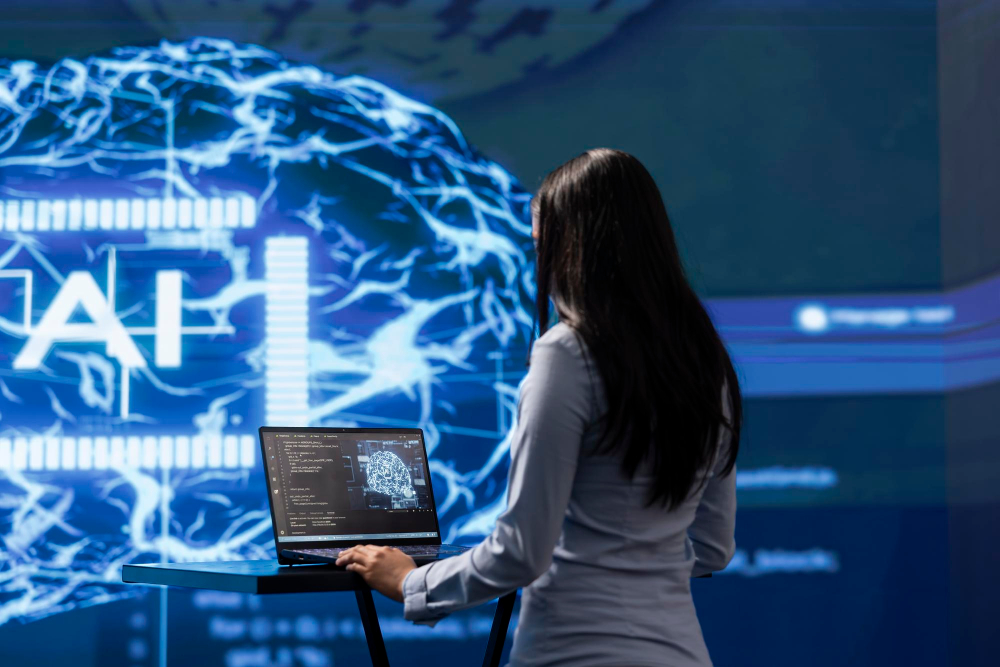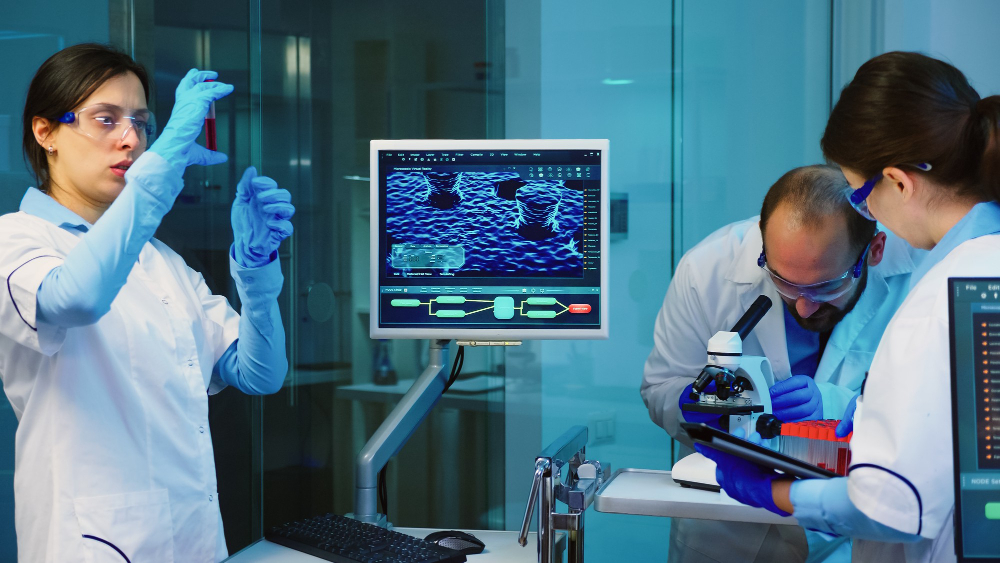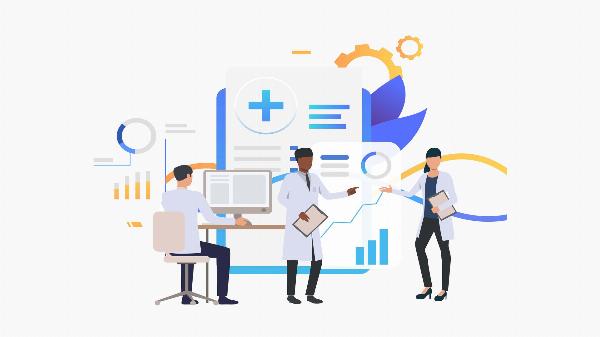Why Healthcare Providers Are Investing in AI-Powered Remote Patient Monitoring in 2025

The healthcare industry is undergoing a massive transformation, fueled by rapid technological advancements and the need for more patient-centric care models. Among the most impactful innovations is AI-powered remote patient monitoring (RPM). In 2025, healthcare providers across the globe are making strategic investments in AI-powered RPM solutions to enhance care quality, reduce operational costs, and improve patient engagement. But what exactly is driving this surge in adoption?
This blog explores the key reasons why healthcare providers are prioritizing AI-powered RPM in 2025 and what it means for the future of healthcare delivery.
1. The Shift Toward Value-Based Care
Value-based care models reward healthcare providers based on patient outcomes rather than the volume of services delivered. To succeed in this model, providers need continuous, real-time insights into patient health beyond the clinical setting.
AI-powered remote patient monitoring bridges this gap by enabling:
Continuous tracking of vital signs and symptoms
Early detection of deteriorating health conditions
Proactive interventions to prevent complications
This proactive approach aligns perfectly with value-based care goals and helps reduce hospital readmissions, a critical metric in this model.
2. Rising Prevalence of Chronic Conditions
According to the World Health Organization, chronic diseases like diabetes, hypertension, and cardiovascular disorders are on the rise globally. Managing these conditions requires frequent monitoring and long-term care.
AI-powered RPM systems provide:
Automated alerts for abnormal readings
Personalized care plans using predictive analytics
Reduced burden on healthcare staff while maintaining patient safety
These systems empower patients to take control of their health while allowing providers to deliver more efficient, targeted care.
3. Shortage of Healthcare Professionals
The healthcare industry is grappling with a growing shortage of qualified professionals, especially in rural and underserved areas. AI-powered RPM offers a scalable solution to manage larger patient populations with fewer resources.
Features such as automated triaging, intelligent dashboards, and predictive modeling help prioritize care delivery based on urgency, allowing providers to focus their attention where it's most needed.
4. Integration of Wearables and IoT Devices
With the proliferation of wearable devices and IoT-enabled health gadgets, patients now have access to real-time health data like never before. When integrated with AI-powered RPM platforms, these devices:
Collect and analyze continuous health data
Provide real-time feedback to both patients and providers
Enable a 360-degree view of patient health
This integration enhances clinical decision-making and supports more personalized treatment plans.
5. Advancements in Artificial Intelligence
Artificial Intelligence is no longer limited to theory—it is actively shaping clinical workflows. In RPM, AI algorithms can:
Detect anomalies in patient data patterns
Predict health risks with high accuracy
Offer actionable insights in real time
This level of intelligence reduces the dependency on manual data interpretation, enhances diagnostic accuracy, and accelerates care delivery.
6. Cost Reduction and ROI
Hospital stays and emergency visits are expensive. By enabling early detection and intervention, AI-powered RPM significantly lowers healthcare costs for both providers and patients.
Moreover, insurance companies and payers are increasingly supporting RPM initiatives through reimbursement programs, making it a financially viable investment for healthcare organizations.
7. Enhanced Patient Engagement and Satisfaction
Today’s patients demand convenience, transparency, and control over their health journeys. AI-powered RPM delivers on these expectations through:
User-friendly mobile apps
Instant access to health data and reports
Timely alerts and virtual consultations
When patients feel empowered and involved, their adherence to treatment improves, leading to better outcomes and higher satisfaction scores.
8. Compliance with Regulatory Frameworks
As governments push for more accountable healthcare systems, regulatory bodies are setting standards that encourage the adoption of digital health technologies, including RPM.
In 2025, AI-powered RPM platforms are designed to meet strict data privacy and security requirements, such as HIPAA compliance, ensuring trust among users and regulators.
9. Scalability and Customization
Healthcare providers vary in size, specialty, and infrastructure. AI-powered RPM platforms offer high levels of scalability and customization to meet these diverse needs.
Whether it’s a small clinic or a large hospital network, providers can tailor the solution to monitor specific conditions, define workflows, and integrate with existing EHR systems.
10. Future-Readiness and Competitive Advantage
As healthcare continues to evolve, staying ahead of technological trends is critical. Investing in AI-powered remote patient monitoring in 2025 positions healthcare providers to:
Be future-ready
Differentiate from competitors
Attract tech-savvy patients and partners
Providers embracing this innovation early are more likely to lead in delivering next-generation care.
Conclusion
AI-powered remote patient monitoring is more than a trend—it's a strategic investment that delivers measurable benefits across clinical, operational, and financial dimensions. In 2025, healthcare providers recognize its potential to transform care delivery and are making decisive moves to implement these solutions.
From managing chronic conditions to enhancing patient engagement, the reasons to invest in AI-powered RPM are compelling. As technology matures and adoption grows, it’s clear that AI-driven remote care is not just the future of healthcare—it’s the present.
Note: IndiBlogHub features both user-submitted and editorial content. We do not verify third-party contributions. Read our Disclaimer and Privacy Policyfor details.







